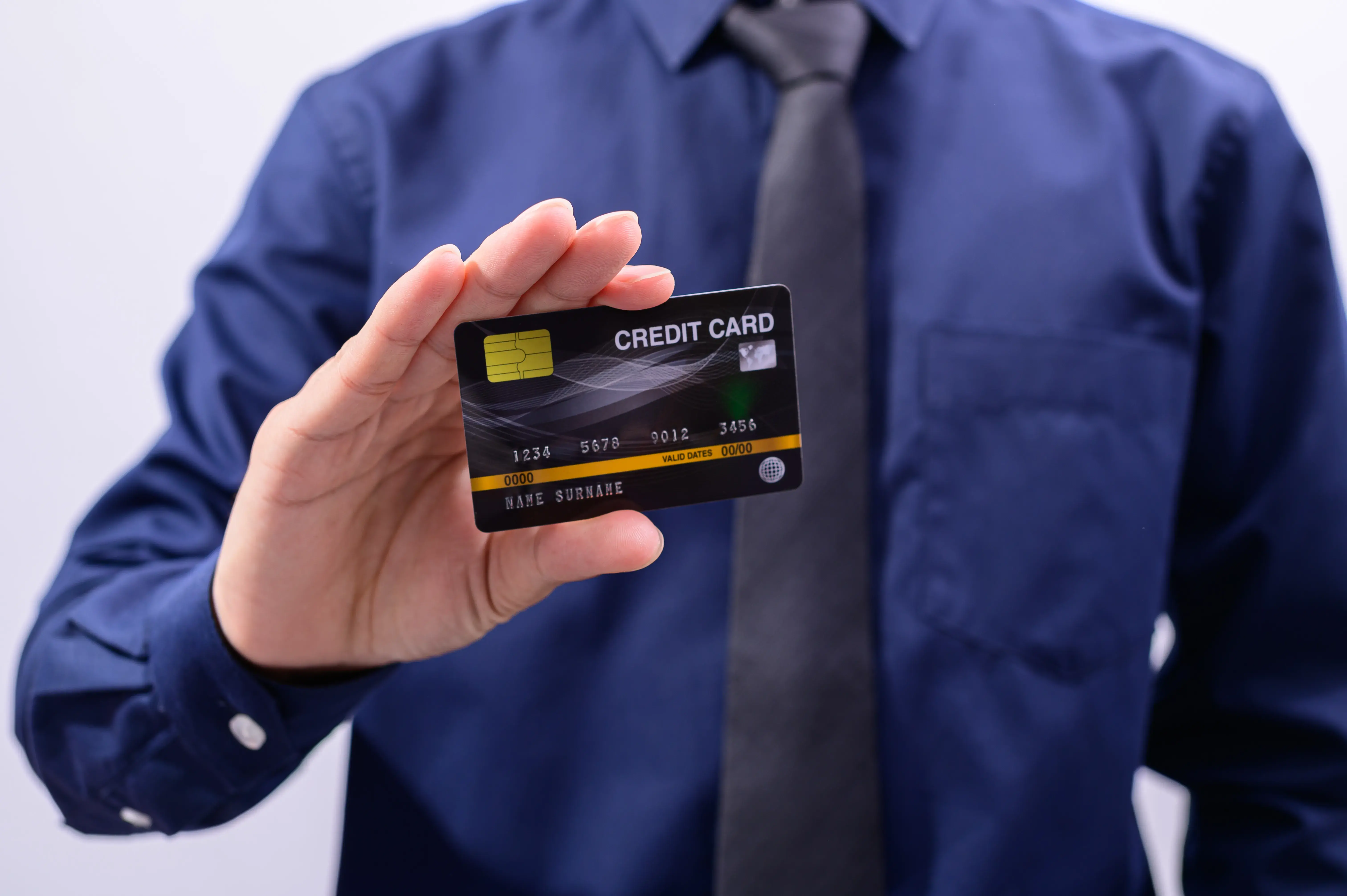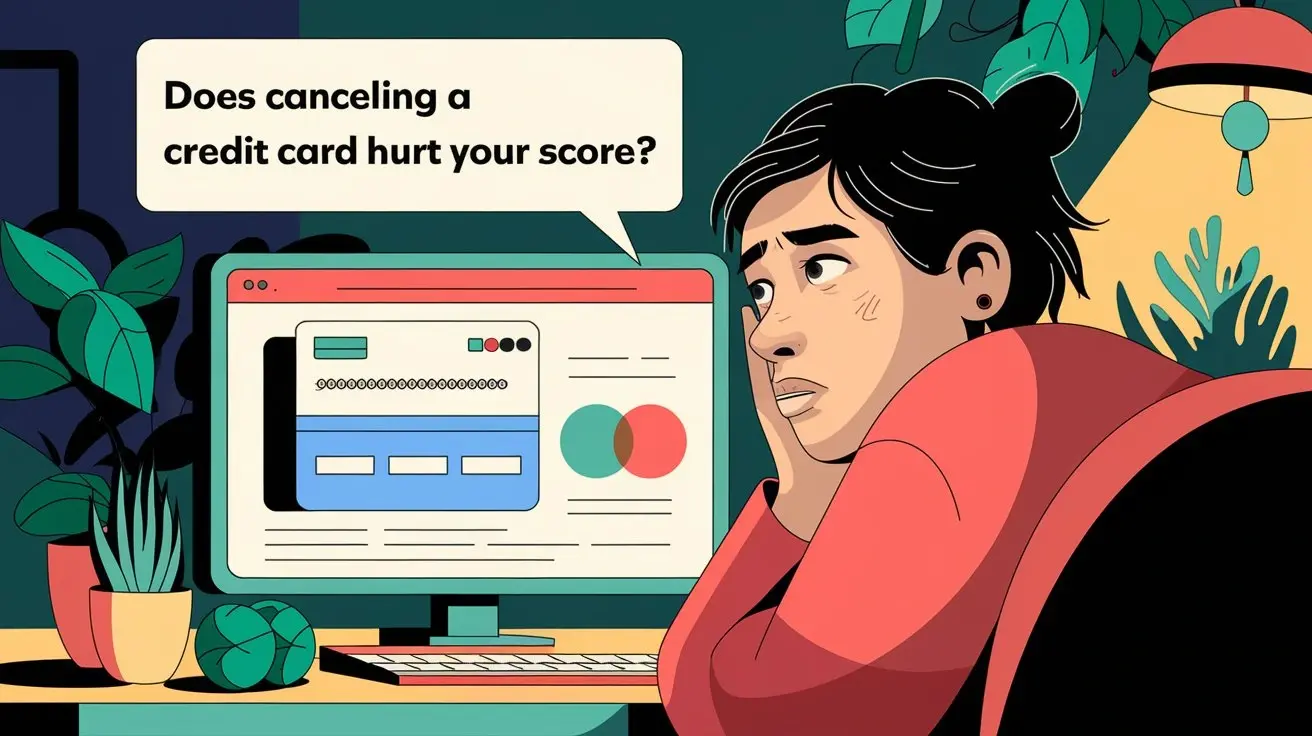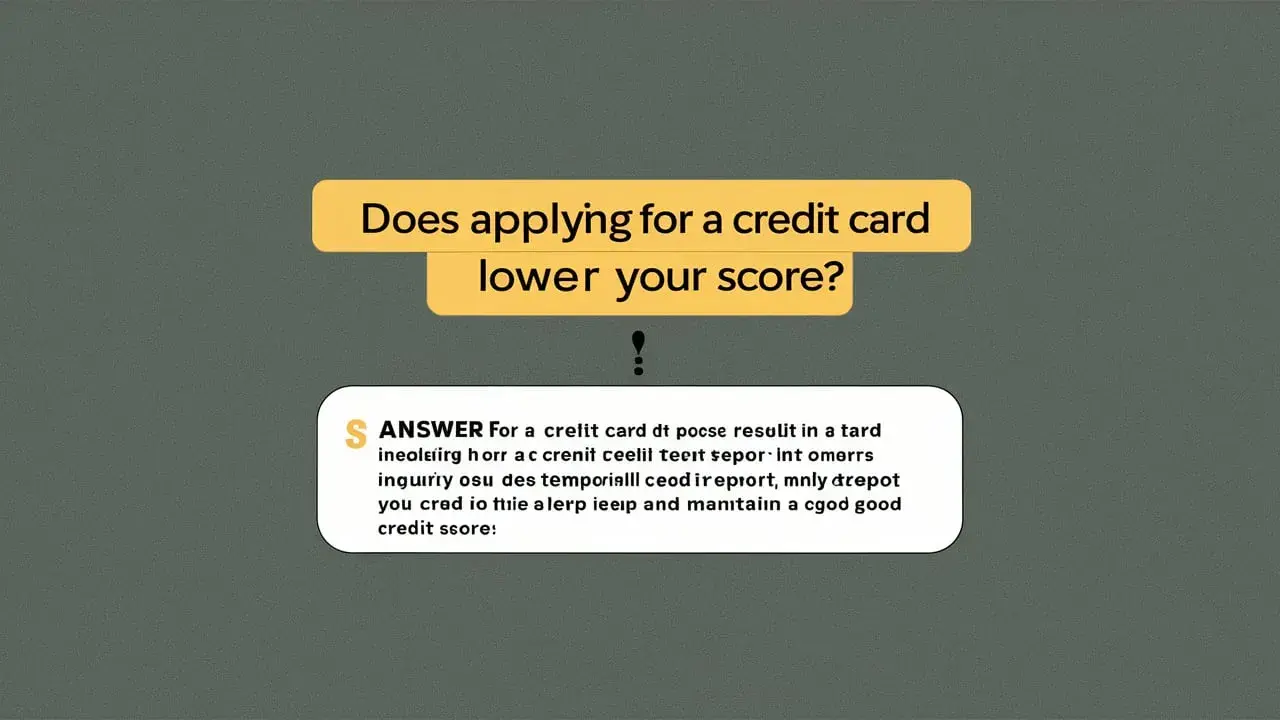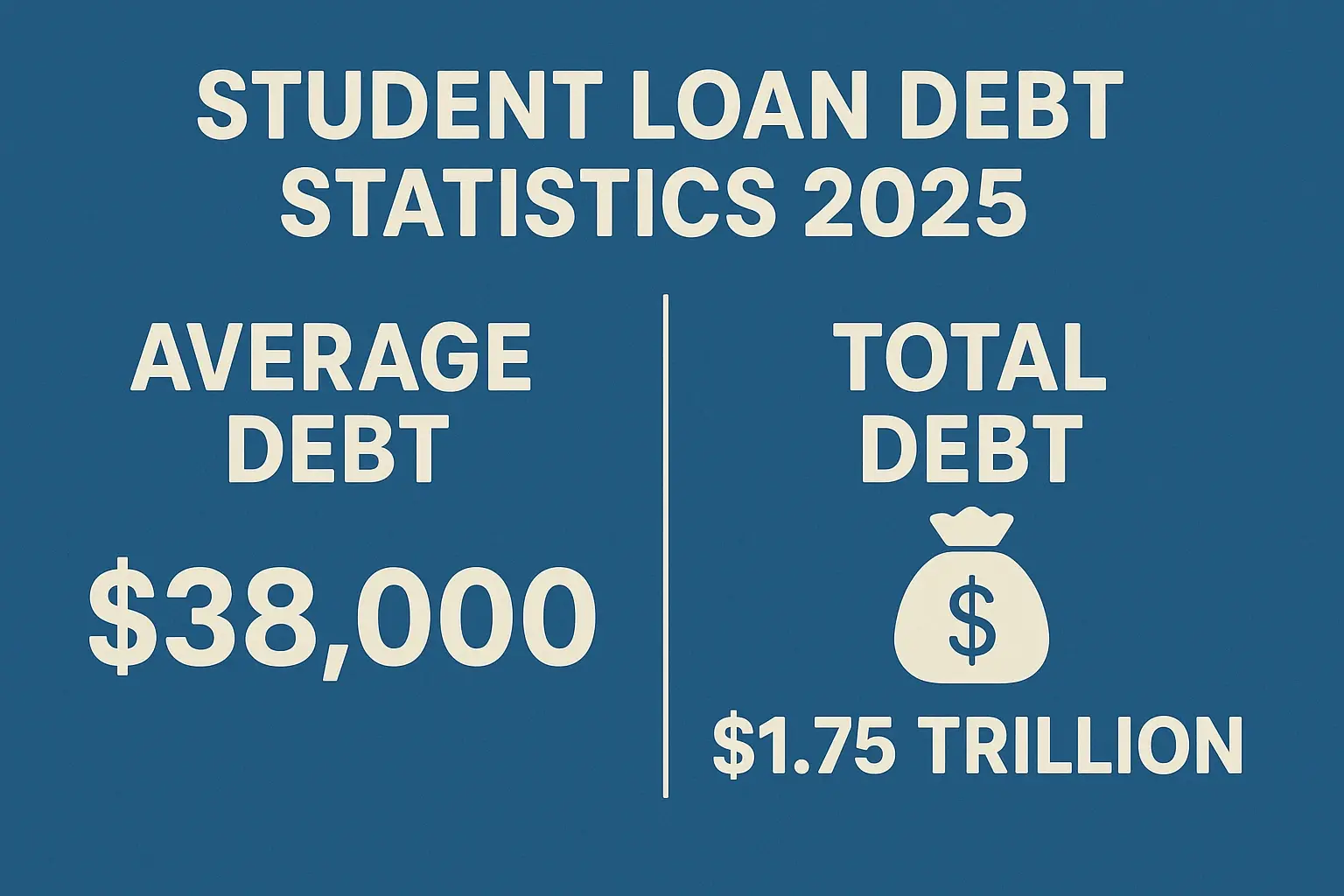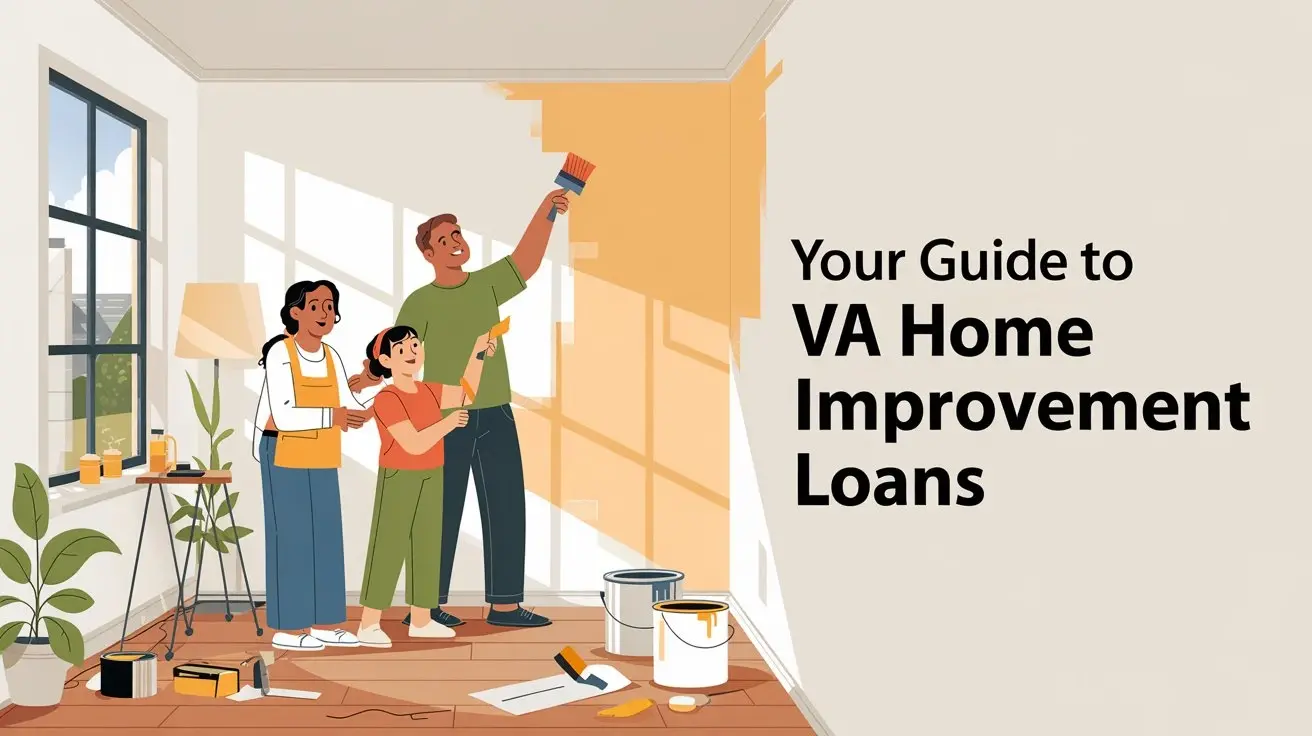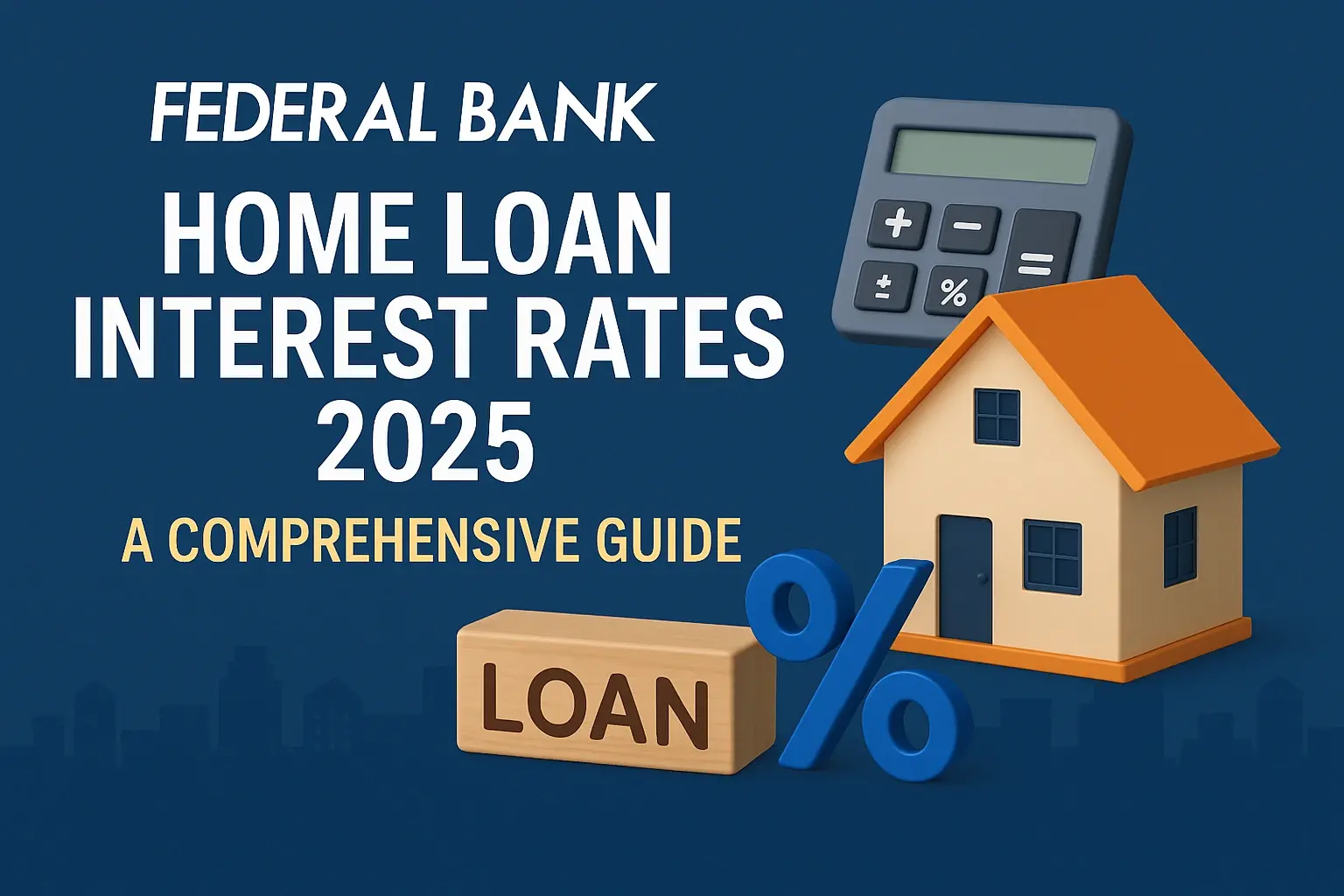-
Posted on: 17 Jul 2024
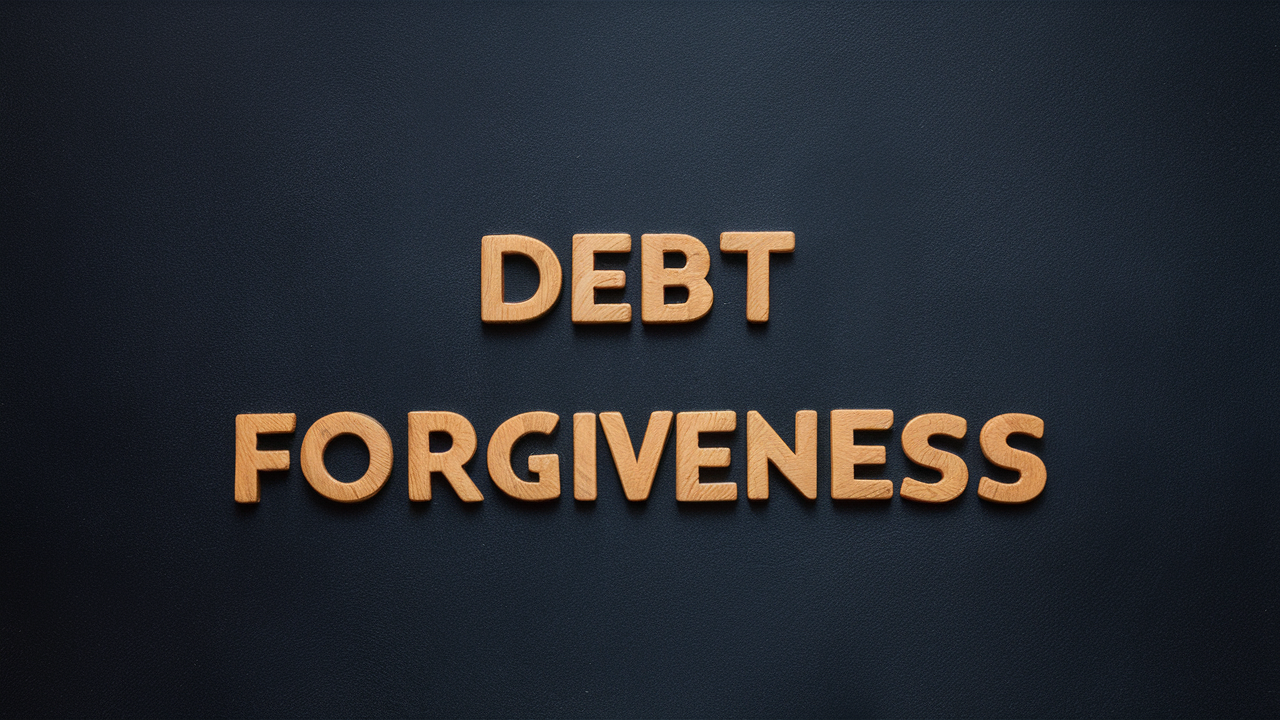
-
Debt can be a significant burden, impacting your financial well-being and overall quality of life. The good news is that various debt forgiveness programs exist, offering potential relief for individuals struggling to manage their obligations. However, navigating the landscape of debt forgiveness can be complex, with numerous programs, eligibility requirements, and application processes. This comprehensive guide explores different types of debt forgiveness programs, including student loan forgiveness, public service loan forgiveness (PSLF), and other avenues for debt relief. We’ll delve into the specifics of each program, helping you determine if you qualify and how to apply.
Understanding Debt Forgiveness
Debt forgiveness, also known as debt cancellation or debt relief, refers to the partial or complete elimination of a debt obligation. This can be a life-changing opportunity for individuals burdened by overwhelming debt, providing them with a fresh start and the ability to rebuild their financial future. Debt forgiveness programs are typically offered by government agencies, non-profit organizations, and, in some cases, private lenders.
It's crucial to understand that debt forgiveness programs are not a universal solution and often come with specific requirements and potential tax implications. However, for eligible individuals, they can provide much-needed relief from the stress and financial strain of debt.
Types of Debt Forgiveness Programs
Several types of debt forgiveness programs cater to different types of debt and circumstances. Here’s an overview of some of the most common programs:
Student Loan Forgiveness
Student loan debt is a significant concern for millions of Americans. Fortunately, several student loan forgiveness programs are available to help borrowers manage or eliminate their student loan debt. These programs are primarily offered by the federal government and are designed to assist borrowers who meet specific criteria.
Public Service Loan Forgiveness (PSLF)
The Public Service Loan Forgiveness (PSLF) program is a federal program designed to forgive the remaining balance on your Direct Loans after you have made 120 qualifying monthly payments under a qualifying repayment plan while working full-time for a qualifying employer. Qualifying employers typically include government organizations (federal, state, local, and tribal) and certain non-profit organizations.
Eligibility Requirements for PSLF:
- Have Direct Loans (or consolidate other federal student loans into a Direct Consolidation Loan).
- Work full-time for a qualifying employer.
- Make 120 qualifying monthly payments under a qualifying repayment plan.
Qualifying Repayment Plans for PSLF:
- Income-Driven Repayment (IDR) Plans: Including Income-Based Repayment (IBR), Income-Contingent Repayment (ICR), Pay As You Earn (PAYE), and Revised Pay As You Earn (REPAYE).
- The standard 10-year repayment plan also qualifies, but usually leaves little to forgive after 120 payments.
Applying for PSLF:
The application process involves submitting the PSLF Employment Certification Form (ECF) annually or whenever you change employers to ensure you're on track. After making 120 qualifying payments, you must submit the PSLF application to have your remaining balance forgiven.
Income-Driven Repayment (IDR) Forgiveness
Income-Driven Repayment (IDR) plans are designed to make student loan payments more affordable by basing them on your income and family size. After a certain period of repayment (typically 20 or 25 years, depending on the plan), any remaining balance on your loans can be forgiven.
Types of IDR Plans:
- Income-Based Repayment (IBR): Caps monthly payments at 10% or 15% of your discretionary income, depending on when you received your loans.
- Income-Contingent Repayment (ICR): Caps monthly payments at 20% of your discretionary income.
- Pay As You Earn (PAYE): Caps monthly payments at 10% of your discretionary income.
- Revised Pay As You Earn (REPAYE): Caps monthly payments at 10% of your discretionary income.
Forgiveness under IDR Plans:
The remaining balance on your loans is forgiven after 20 or 25 years of qualifying payments, depending on the specific IDR plan. However, it's important to note that the forgiven amount may be considered taxable income by the IRS.
Teacher Loan Forgiveness
The Teacher Loan Forgiveness program offers forgiveness of up to $17,500 on Direct Subsidized and Unsubsidized Loans for teachers who teach full-time for five consecutive academic years in a low-income elementary or secondary school or educational service agency.
Eligibility Requirements for Teacher Loan Forgiveness:
- Teach full-time for five consecutive academic years at a qualifying low-income school or educational service agency.
- Have eligible student loans (Direct Subsidized and Unsubsidized Loans).
- Meet other specific requirements, such as having the loans disbursed after October 1, 1998.
Other Student Loan Forgiveness Programs
In addition to the programs mentioned above, other student loan forgiveness programs may be available, depending on your profession and circumstances. These include:
- Nurse Corps Loan Repayment Program: Offers loan repayment assistance to registered nurses and advanced practice registered nurses who work in eligible critical shortage facilities.
- National Health Service Corps Loan Repayment Program: Provides loan repayment assistance to healthcare professionals who serve in underserved communities.
- State-Sponsored Loan Forgiveness Programs: Many states offer loan forgiveness programs for specific professions, such as teachers, nurses, and doctors, who work in underserved areas.
Credit Card Debt Forgiveness
Unlike student loans, there aren't federally mandated forgiveness programs specifically for credit card debt. However, there are strategies and programs that can lead to debt reduction or settlement, effectively achieving a form of forgiveness.
Debt Settlement
Debt settlement involves negotiating with your creditors to pay a lump sum that is less than the total amount you owe. This is often achieved through debt settlement companies who act as intermediaries. The downside is that it can negatively impact your credit score and may have tax implications (the forgiven amount may be considered taxable income).
Debt Management Plans (DMPs)
Debt Management Plans are offered by credit counseling agencies. They work with your creditors to lower your interest rates and consolidate your payments into one monthly payment. While this doesn't forgive the principal debt, it can make it more manageable and affordable, and in the long run, reduce the total amount of interest paid.
Bankruptcy
Filing for bankruptcy (Chapter 7 or Chapter 13) can discharge certain types of debt, including credit card debt. Chapter 7 bankruptcy typically involves liquidating non-exempt assets to repay creditors, while Chapter 13 bankruptcy involves creating a repayment plan over a period of three to five years. Bankruptcy has a significant negative impact on your credit score and should be considered a last resort.
Mortgage Debt Forgiveness
Mortgage debt forgiveness, while not a common term, refers to situations where a lender agrees to reduce or forgive a portion of your mortgage debt. This typically occurs in cases of foreclosure prevention or short sales.
Foreclosure Prevention Programs
The government and lenders offer foreclosure prevention programs to help homeowners avoid losing their homes. These programs may involve modifying the loan terms, reducing the interest rate, or forgiving a portion of the principal balance.
Short Sales
A short sale occurs when a homeowner sells their property for less than the outstanding mortgage balance. In some cases, the lender may agree to forgive the difference between the sale price and the mortgage balance. The forgiven amount might have tax implications.
Other Types of Debt Forgiveness
Beyond student loans, credit card debt, and mortgage debt, other types of debt forgiveness programs may be available, depending on the specific circumstances. These can include:
- Medical Debt Relief: Some non-profit organizations and charities offer assistance with medical debt, providing grants or negotiating with hospitals and healthcare providers to reduce the debt.
- Disaster Relief: In the aftermath of natural disasters, government agencies and organizations may offer debt relief programs to help individuals and businesses recover.
- Small Business Debt Relief: The Small Business Administration (SBA) offers various programs to help small businesses manage their debt, including loan modifications and debt forgiveness options.
Factors to Consider Before Pursuing Debt Forgiveness
While debt forgiveness can be a valuable tool, it's essential to carefully consider the following factors before pursuing it:
- Eligibility Requirements: Make sure you meet all the eligibility requirements for the specific debt forgiveness program you're considering.
- Tax Implications: Some debt forgiveness programs may result in taxable income, which could increase your tax liability. Consult with a tax advisor to understand the potential tax implications.
- Credit Score Impact: Some debt relief strategies, such as debt settlement or bankruptcy, can negatively impact your credit score.
- Long-Term Financial Goals: Consider how debt forgiveness aligns with your long-term financial goals and whether it's the best option for your situation.
- Alternative Solutions: Explore alternative debt management solutions, such as debt consolidation or budgeting, before pursuing debt forgiveness.
Finding the Right Debt Forgiveness Program
Navigating the complex landscape of debt forgiveness programs can be challenging. Here are some steps to help you find the right program for your needs:
- Assess Your Debt: Start by assessing your debt situation, including the type of debt, the amount you owe, and the interest rates.
- Research Available Programs: Research the different debt forgiveness programs available, focusing on those that align with your specific type of debt.
- Check Eligibility Requirements: Carefully review the eligibility requirements for each program to determine if you qualify.
- Gather Documentation: Collect all the necessary documentation required for the application process, such as loan statements, employment records, and tax returns.
- Seek Professional Advice: Consider seeking advice from a financial advisor or credit counselor to help you navigate the process and make informed decisions.
